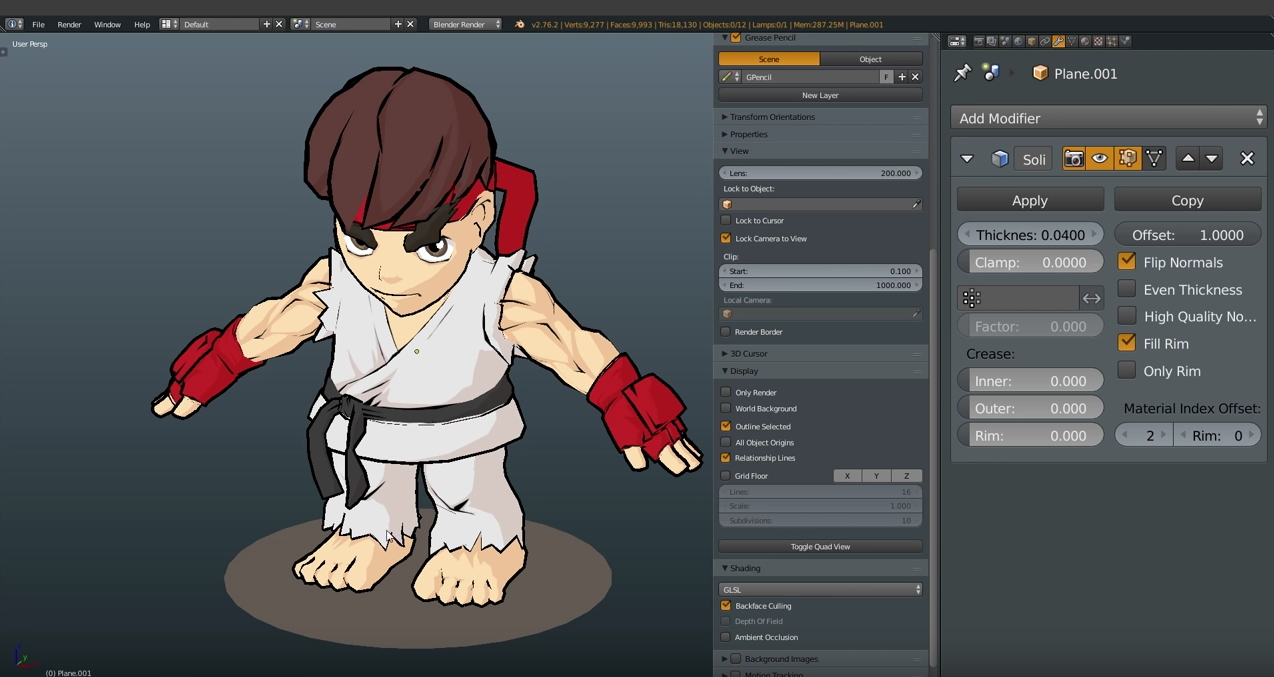
In fact, along with Blender, there are actually tons of other video editing software options which you should definitely also check out. Speaking of which, just because we’ve gone over how to use Blender for video editing doesn’t mean that this is the only high-end VFX and composing software out there. It also has all the features for combining multiple video channels and even adding effects, which is where things get interesting because, man, does Blender allow for some crazy VFX.

It allows users to load multiple video clips and lay them end-to-end (or even overlay them) as you would with any other timeline-based NLE. This Sequencer is a complete video editing system which is pretty similar to what you might find in Adobe Premiere Pro or with Final Cut Pro. So, the great thing about working with Blender is the built-in Video Sequence Editor (VSE), which in many instances is simply shortened to just be called the “sequencer”. Now, with that out of the way, let’s dive into how you can get started with Blender. However, as a free option and with a relatively accessible ease-of-use, Blender has quickly become one of the more favored 3D computer graphics softwares in the video industry. An upcoming update will enable Metal rendering for Macs with AMD and Intel graphics.For video editors though, Blender is akin to other higher-end motion graphics softwares like Adobe After Effects, Cinema 4D, Maya, and Nuke. It’s worth noting that Metal GPU rendering only works with Apple Silicon chips right now and it requires a Mac running macOS Monterey 12.2 or later. You can check out all the new features and download Blender 3.1 on its official website. However, this is only part of the story, as Blender 3.1 uses less memory, ray tracing precision has been improved, asset browser libraries are now indexed for faster loading, and the app has received 19 new nodes. As shown on the Blender website, rendering times are up to 2x shorter with Metal GPU rendering compared to standard CPU rendering. Now with the Metal backend, the app not only runs faster thanks to the access it has to the GPU, but also works with the GPU built into the M1, M1 Pro, M1 Max, and M1 Ultra chips.

Since Apple ended support for OpenCL technology in macOS in favor of Metal, Blender has never offered the option to enable GPU rendering on Macs.

Blender 3.1 now has Metal GPU rendering for Macs with the M1 chip and its variants.Ī beta version of Blender 3.1 with Metal support was released back in December 2021, and the update is now available to all users. The popular open-source 3D software Blender has just been updated to version 3.1, and the update brings important improvements – especially for Mac users.


 0 kommentar(er)
0 kommentar(er)
